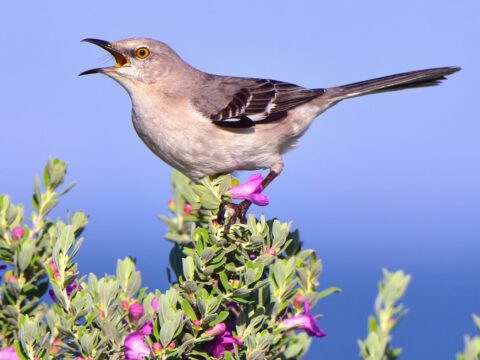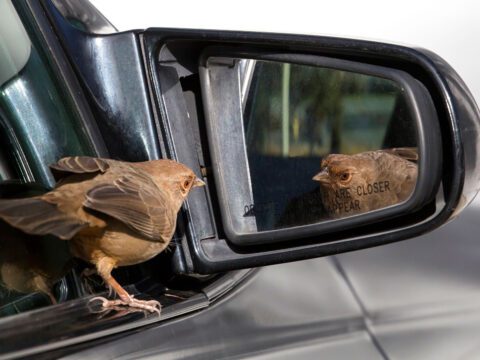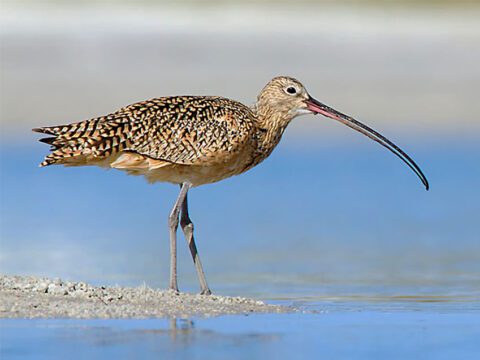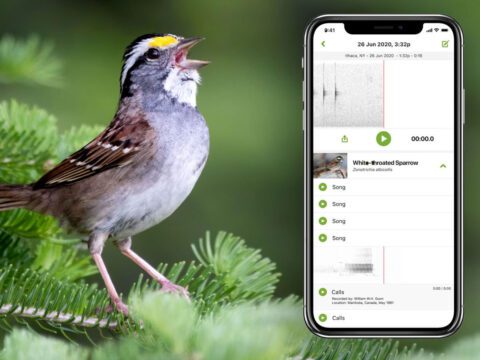40-Year Study Shows Birds Feeling Climate Change Effects
February 11, 2009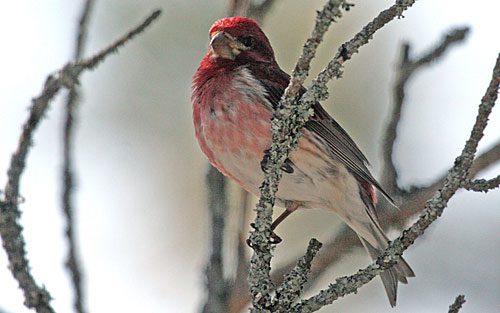
Perhaps you’ve already heard news of a National Audubon Society report about climate change’s effects on North American birds. Audubon announced on Tuesday that some 177 species of North American birds have shifted their range northward over the last 40 years, during the same period that average January temperatures rose by 5 degrees Fahrenheit across the continent.
The Audubon scientists found the pattern in data collected by volunteer birders on yearly Christmas Bird Counts. The consistent northward shift in so many different species – among them forest birds, feeder birds, ducks, and seabirds – points to a single, powerful cause: our warming planet.
Audubon describes their findings as part of the “grim reality” of global climate change, pointing out that more local or species-specific explanations simply wouldn’t be evident in so many species or so much of the continent. But the really frightening part is that this evidence is nowhere near the first of its kind.
Back in 2002, an article in the premier journal Nature began bluntly: “There is now ample evidence of recent climate change, from polar terrestrial to tropical marine environments.” It went on to warn that “although we are only at an early stage in the projected trends of global warming, ecological responses to recent climate change are already clearly visible.”
What kinds of changes? The authors offered a sampling: Earlier leaf-out and flowering of plants across Europe and North America, frogs breeding earlier in England, migrant birds breeding earlier in Europe and North America, northward shifts in the ranges of northern plants, treelines moving higher up mountains in Europe and New Zealand, red foxes moving north and replacing arctic foxes in parts of Canada, lowland birds moving to higher elevations in Costa Rica, northward shifts by 39 American and European butterfly species, and the appearance of warm-water species in the cold waters of California and the North Atlantic.
And that was 2002. In 2007, results very similar to the Audubon study were reported in the journals Conservation Biology and Ecology (one for birds’ summer ranges, using the Breeding Bird Survey; the other for winter ranges, from Christmas Bird Counts). And if you don’t happen to have those journals on your coffee table, you can read climate change summaries in special online reports from the World Wildlife Fund and the American Bird Conservancy.
Does all this prior evidence diminish the Audubon report at all? Of course not – but it should draw our attention back over to the 7 billion ton gorilla in the room. Seven billion tons is how much carbon we as a species are pulling out of the ground every year and putting up into the sky. It’s hard to imagine an invisible gas like carbon dioxide weighing anything, but that’s roughly like digging a three-foot-deep hole the size of Vermont and transferring all that dirt into the air. Every year.
Even as scientists toil over ever more convincing examples of climate change’s effects, we as a global society have yet to get started on changing the bad habits at the root of the problem. Climate change will continue to worsen as long as we are putting carbon dioxide into the atmosphere (actually, it will worsen for several decades after we stop.) The numbers are so large that it’s easy to feel swamped, but Audubon has some great suggestions for how you can help. (Number one is to support the transition to clean energy – a move that could just save our economy, too.)
But back to bird watching. If there’s anything to feel good about from this new report, it’s a reminder that your efforts as bird watchers really do count for something – particularly if you make your sightings part of a collective effort to gather data in projects like the Christmas Bird Count and the Breeding Bird Survey.
Here at the Lab of Ornithology, we specialize in the field of citizen science. We encourage you to join one of our projects – you’re sure to find one that matches your ability and interest level. Choose from projects like the once-a-year Great Backyard Bird Count (happening this weekend!), May’s International Migratory Bird Day, the all-winter-long Project FeederWatch, summer’s Project NestWatch, Celebrate Urban Birds! for the city-bound, or the 24-hour-a-day eBird project, which gathers several million bird observations each year, no matter what time or season you’re out bird watching.
The world is changing, and it’s up to bird watchers and naturalists to notice. Keep up the good work.
Thanks to Lab scientists Wes Hochachka, Kevin McGowan, and Ben Zuckerberg for advice about this topic.

All About Birds
is a free resource
Available for everyone,
funded by donors like you
American Kestrel by Blair Dudeck / Macaulay Library

